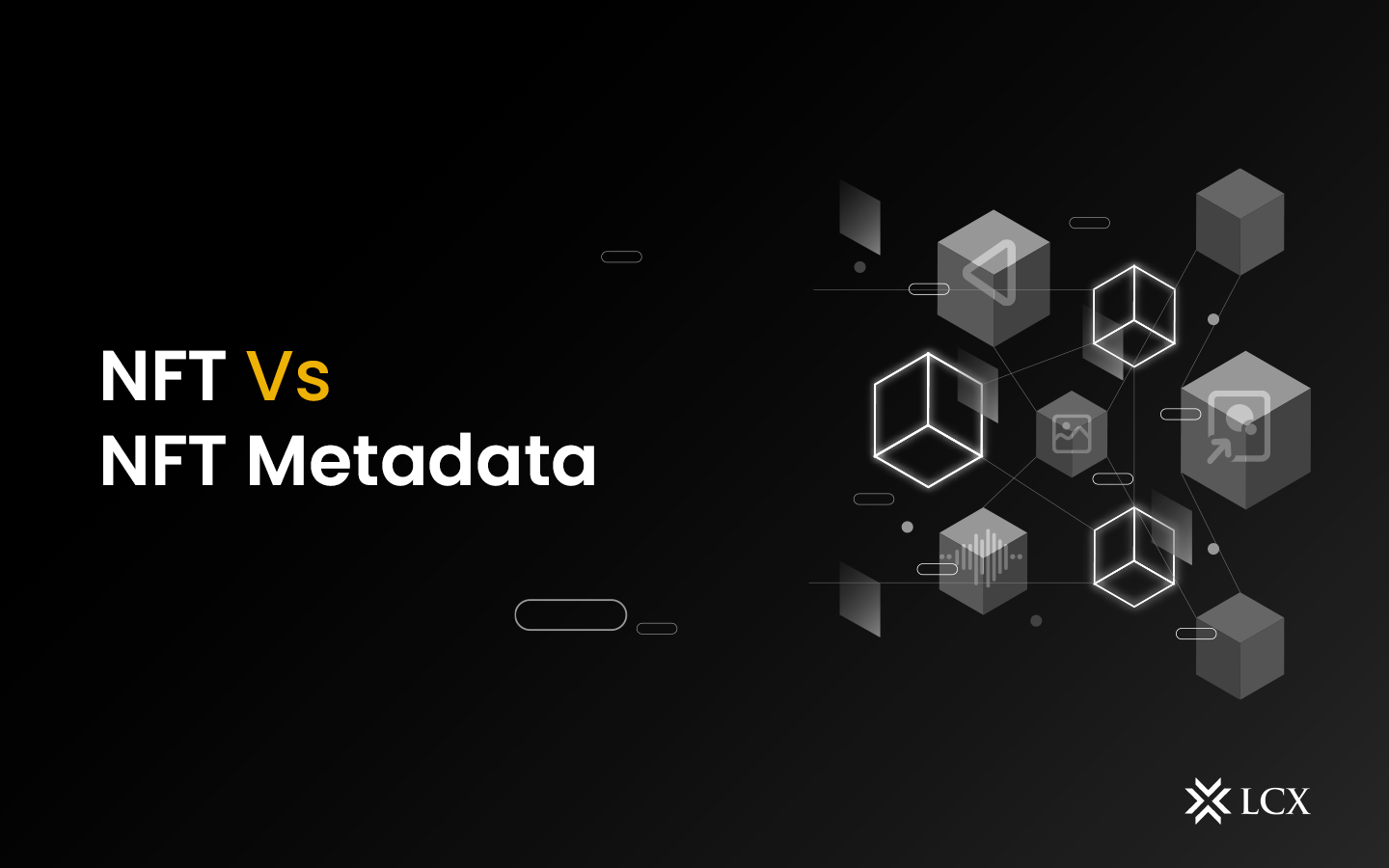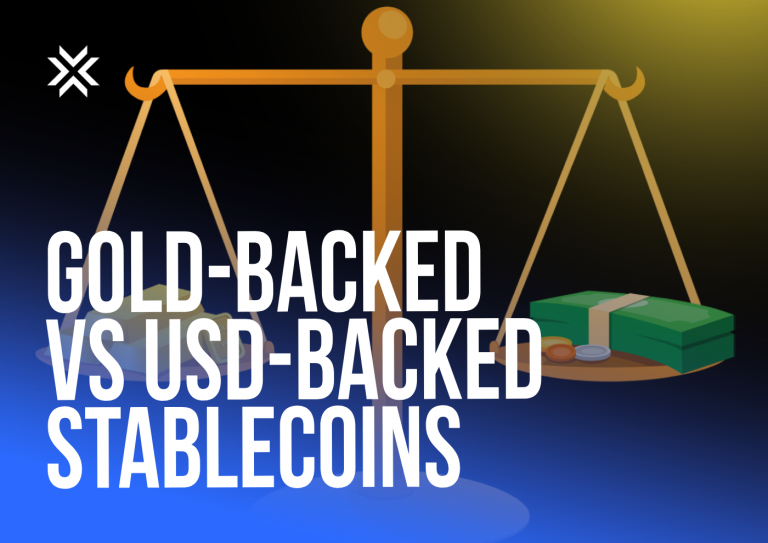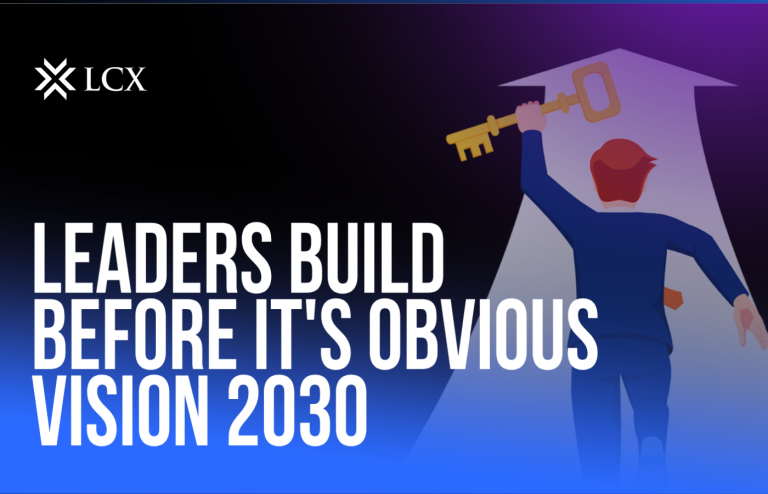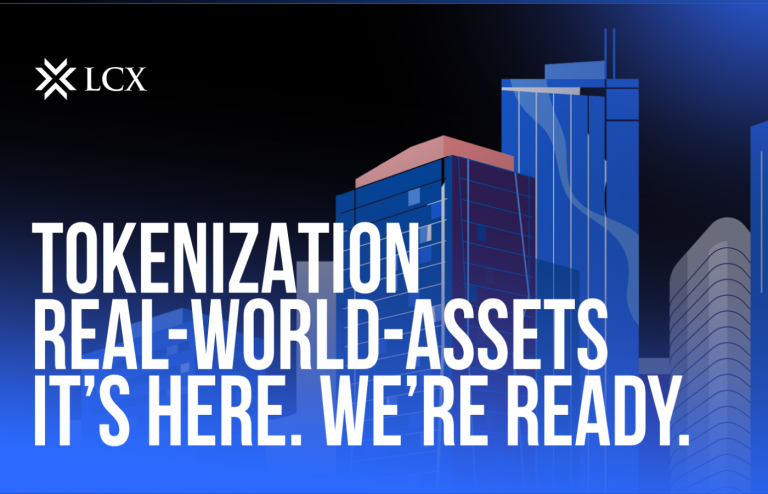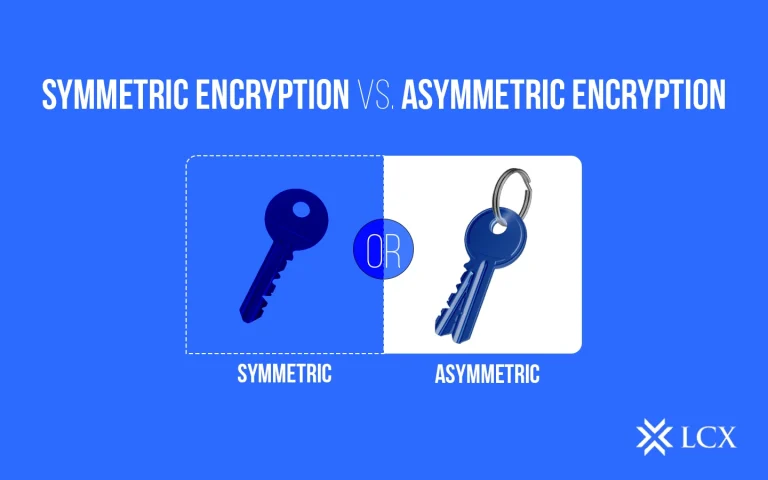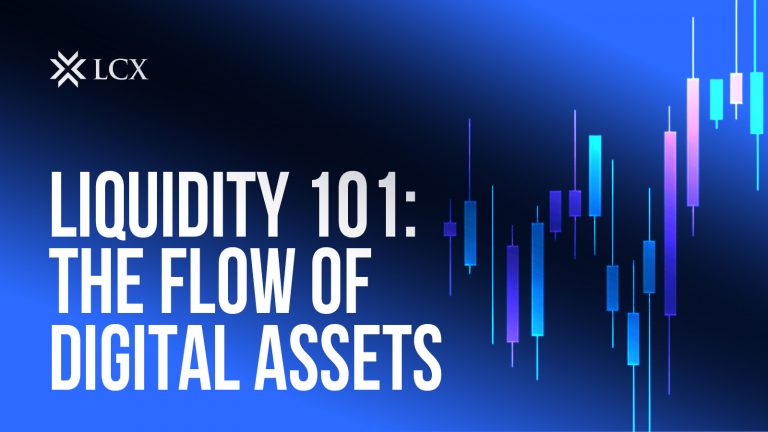NFTs may be PNGs or JPGs of pixelated images, which may not make much sense to many people. But, you need to understand that NFTs are a highly significant part of the crypto industry and will be crucial in heading towards decentralization.
NFTs Explained In Simple Terms
NFT is an abbreviation for non-fungible tokens. It’s a blockchain-based digital asset that proves you own a digital item, such as a video, image, or gaming item. NFTs are intriguing because they allow you to validate your ownership of various articles on the blockchain. NFTs can be purchased and sold in exchange for cryptocurrency.”
The most significant advantage of NFTs is that they are unique. All NFTs have their unique identification code and metadata. Also, NFTs are built on ERC721, a token standard on Ethereum. This token allows NFTs to be unique and interchangeable.
NFT Metadata
The properties or details that define a digital asset are known as NFT metadata. All of the components contribute to your NFT’s appearance and sound. The following are some of the most commonly used metadata:
- file description
- file name
- any information deemed necessary by the creator
- transactional history
It is essential to understand that NFT metadata exists as a separate entity and is not the same as the NFT. The metadata is stored in a different location, which is crucial for conserving the value of the NFT.
Now There Are Two Ways Of Storing The Metadata
- On-chain metadata: In this case, the NFT “information” lives on the blockchain. This is because the metadata here is integrated with the on-chain NFT itself. Such storing on the chain presents several challenges that may jeopardize the NFT’s value. As you are aware, hosting platforms cease to exist, links die, and if something were to happen to the blockchain, the intrinsic value and ownership of NFT could be affected.
- Off-chain metadata: When it comes to ensuring the safety of the metadata of your NFT along with perpetual accessibility, people tend to servers or cloud storage systems. While these options are relatively safe, given the value of NFT investments, they are not foolproof. They are prone to failure and are hackable. InterPlanetary File System (IPFS) is often used in this case.
IPFS System
IPFS is a peer-to-peer network that uses a distributed file system to store and share metadata. IPFS communicates with Filecoin, another peer-to-peer network that keeps data with built-in incentive structures to confirm that files are confidently stored over time. This is not the way you’re used to store data. Companies do not own user data in this new paradigm. Individuals, on the other hand, retain ownership of their data.
Users can retrieve and store content using a “fingerprint” of the content, also known as CID (basically a cryptographic hash) distributed across many independent storage providers. This begs the question, which files storage provider to trust?
Filecoin claims to be the answer to the above question. It provides the framework for a reputation system and a way to interact with the various storage providers. CID can be considered as a string of code that provides you with references to relevant content. This way, you can still access your metadata even if your storage provider runs out of business or some misfortune takes place. Also, IPFS has come forward with a free service of NFT storage that allows you to save up to 31GiB per individual upload.
Advantages Of IPFS
- Third-party entities cannot change CID files because they are immutable.
- Because it has a higher bandwidth, data loads faster.
- Creators can freely distribute their work.
- Because each resource has only one copy, duplication is impossible, and authentication is much simpler.
- IPFS content is stored in multiple locations across a peer-to-peer network (shared) using a DHT (distributed hash table), so there is no single point of failure.
Conclusion
NFT metadata is the most critical component of any NFT project, not only an afterthought. Suppose you link the NFT to metadata outside of smart contracts. In that case, you’ll be decreasing the computational cost, increasing the NFT architecture, and ensuring that the asset remains authentic on the blockchain even if it is stored off-chain.
